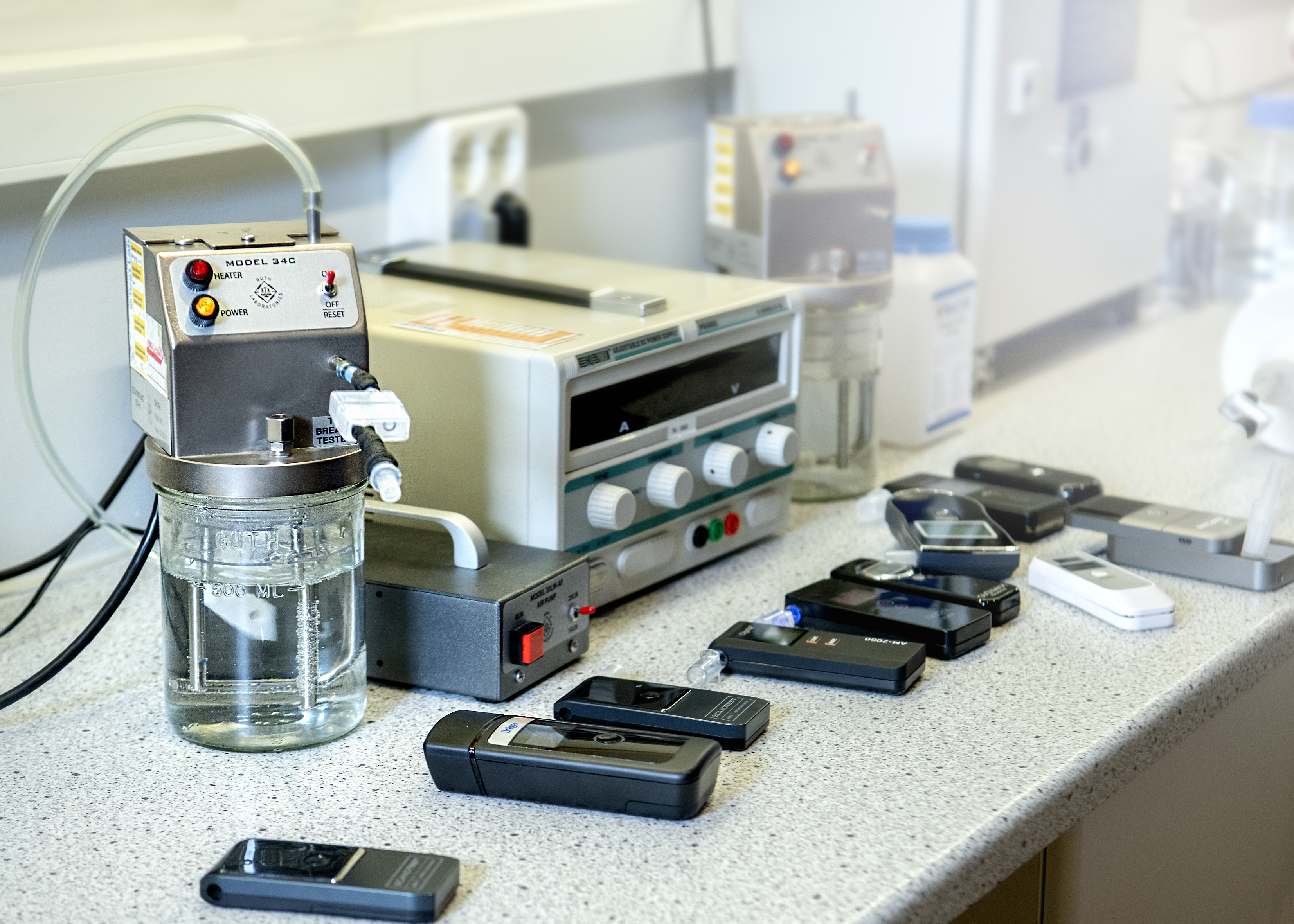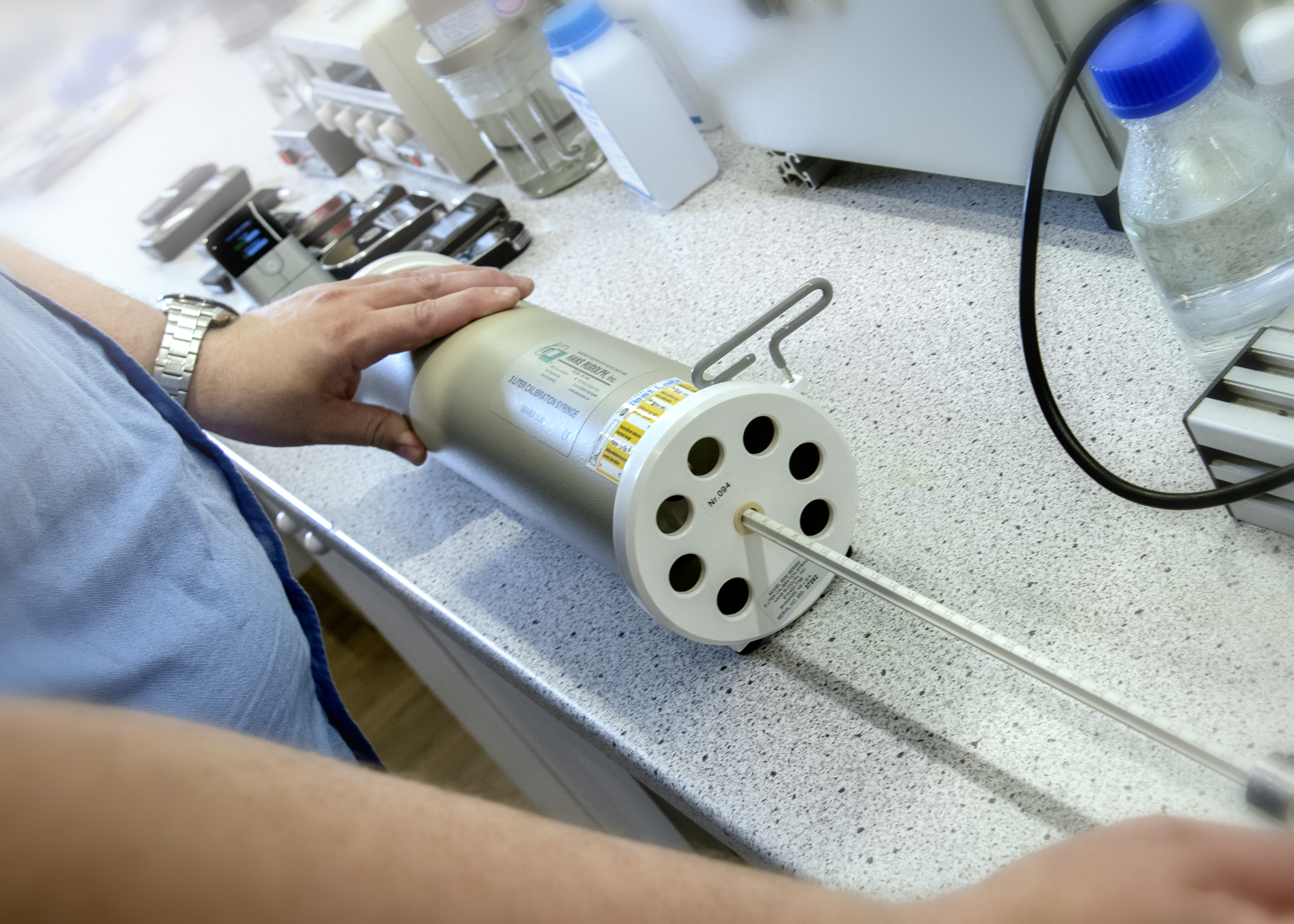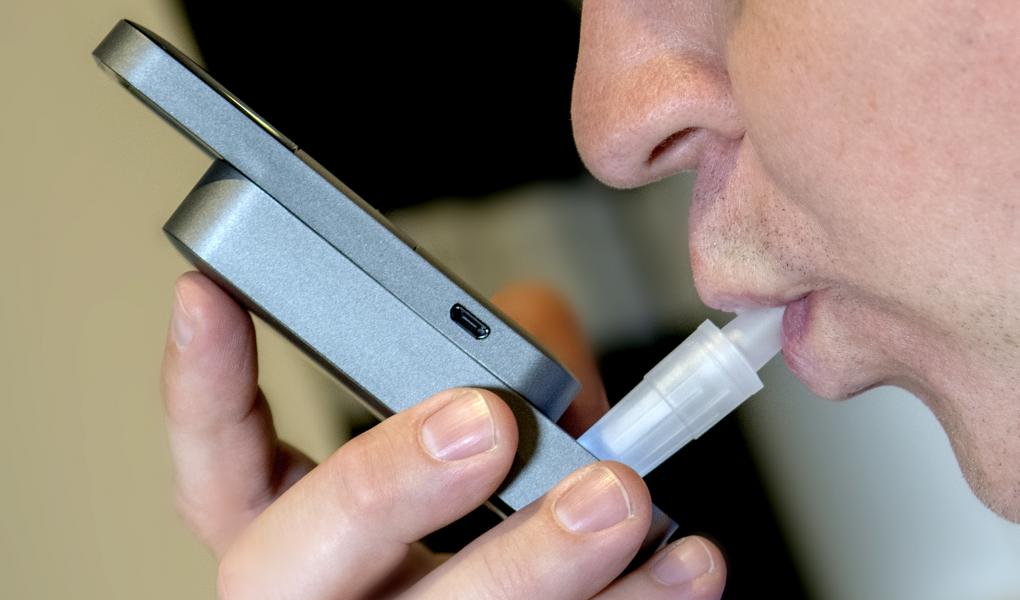Test parameters
The test is performed according to parts of the two industry standards SS-EN 16280:2012 (breathalyzers for private use) and SS-EN 15964:2011 (breathalyzers for police and companies).
Measurement precision and repeatability
10 sober breaths were alternated with 10 breaths where the alcohol concentration in the air corresponded to 0.2 per thousand (0.1 mg/liter of air). The laboratory checks how much the measurement values vary between different samples.

Deep breaths
The amount of air blown into the meter when the sample is taken is measured. For a reliable result, the sample should not be taken until after at least 1.2 liters of air.
Correct calibration
The laboratory checks that the manufacturer has set the meter correctly.
Contamination
The laboratory checks whether sober blows are infected by previously intoxicated blows. This means that alcohol from previous measurements remains and gives results even though they are not supposed to.

Manageability
An assessment is made of how user-friendly the product is. The meter should ideally give clear instructions on when to take the sample and clearly state the analysis time and test results.
Defects in the product
For example, if important information about calibration is missing. Or if the meter lacks a nozzle or other parts needed for reliable results.
Grading
The laboratory rates the test results on a scale from 1 to 5, with 5 being the best. The results are converted to Testfakta's 10-point rating scale.
The results for the various parts are weighted together to form a total grade with the following weight:
Measurement precision 40%
Measuring properties 40%
Manageability 20%

